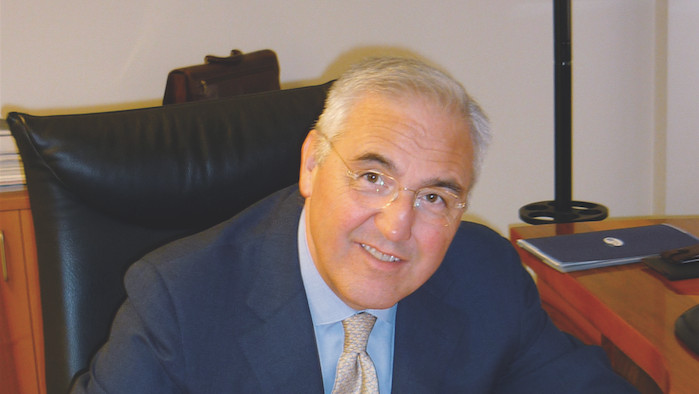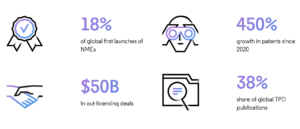
A suited approach to rare disease trials
OPIS Accelerated approval for orphan drugs and the possibility to have market authorisation
after a successful Phase II trial have made research in rare diseases more attractive to sponsors.
However, challenges and uncertainties remain numerous and designing scientifi cally robust,
patient-centered trials requires proper conceptualisation.
EuroBiotech_ You are currently involved in a project for a Phase II study on an ultra-rare disease. That means dealing with extremely low patient populations. How did this fact influence the conceptualisation of the trial?
Poli_ Rare disease trials imply small and heterogeneous groups of subjects with often very little possibility to select trial subjects through inclusion and exclusion criteria with the aim of getting a more homogenous population. A standard Phase III randomised, controlled trial is not always possible, so it is important to make sure that one optimises and maximises data from smaller trials. The current project in Becker’s disease is based on a classic Phase II design, but there are a few interesting aspects that need mentioning. Being a controlled study, unequal randomisation with a 2:1, 3:1, or 4:1 ratio makes the use of placebo possible and stratified randomisation controls known factors of clinical relevance that might influence the treatment. Building cautions into the protocol to continuously monitor patients and check the primary variable closely eventually safeguards against unethical use of placebo. The concept of endpoints needs mentioning. Apart from the obvious recommendation to define the primary endpoint with signs or symptoms that express the course of the disease best, secondary endpoints can help collect as much information about the disease as possible and setting surrogate endpoints, such as biomarkers or composite endpoints, may really help support your proof of concept. Quantification of risk is another concept that can be adjusted for rare disease trials. To be less rigid and allow a greater type 1 error (risk of false positive or ? error) makes sense when one definitely does not want to lose the slightest or smallest signs of efficacy of treatment.
EuroBiotech_ Many rare disease trials use adaptive trial designs. What are the advantages and disadvantages of adaptive designs?
Poli_ There are numerous types of adaptive designs. These designs are often based on Bayesian statistical models that focus on estimation, rather than hypothesis testing, and allow a range of possible observed trial results and prior distributions. Adaptive randomisation, sample-size re-estimation, drop the loser i.e. stop the least effective treatment on the basis of pre-defined criteria all give one the possibility to identify non-beneficial treatments early and redistribute your valuable resources to more promising treatments. It is also possible to use Bayesian elements in a standard trial design because it would allow an opportunity to include external information in the form of subjective clinician estimation of treatment effect, for example. However, adaptive designs are not always well accepted by ethical and regulatory bodies, and whereas conventional trial designs are well endorsed, adaptive designs are still seen as speculative.
EuroBiotech_ A low number of trial subjects available does not only influence trial design but it also brings challenges related to recruitment and patient retention. How does one target such small patient populations?
Poli_ There are quite a number of solutions to help recruitment. Patient networks and close collaboration with patients’ families can help design patient-friendly elements directly into a trial. It is more important than ever to approach rare disease trials with a truly patient centered approach. Moreover, the advantages for patients participating in such trials should be underlined clearly. The fact that these patients will be treated with advanced therapies that might cure something yet untreatable, is an opportunity.
EuroBiotech_ To conclude, your current project is an example of collaboration among academic research institutions, the study sponsor, a CRO and regional funding. How has this combination helped in overcoming some of the obstacles related to rare disease research?
Poli_ National Health Systems may benefit from clinical trials and their sponsors that absorb costs for treating patients that would otherwise be covered by National Health budgets. However, getting all stakeholders to work together to come up with solutions that consider research aspects/opinions, patient and patient network aspects/opinions as well as country and cultural aspects can optimise possibilities to have adequate patient numbers to conduct a trial. Looking at all available resources and finding ways to attract attention from a much wider audience, certainly contribute to advancement of rare disease research.
(First published in European Biotechnology, Autumn Edition 2017)


 White House
White House Clarivate
Clarivate H. Zell - wikipedia.org
H. Zell - wikipedia.org